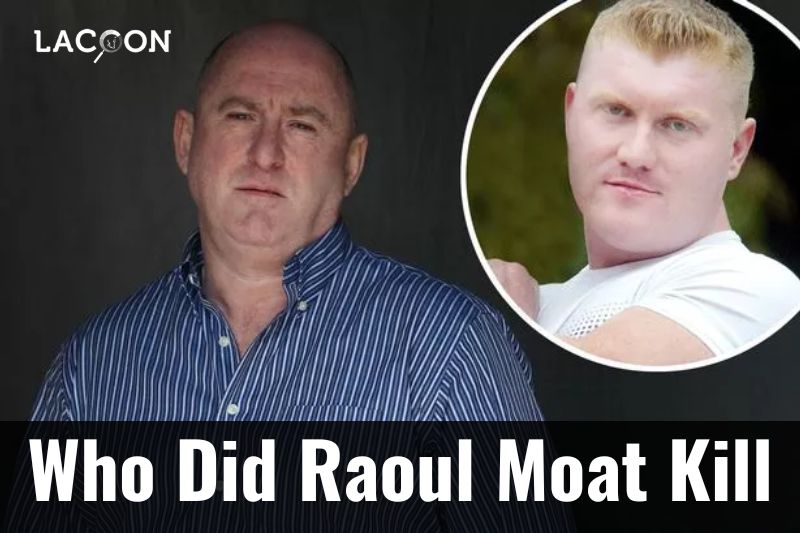In July 2010, the world was stunned by the news of a shooting spree carried out by Raoul Moat in Newcastle upon Tyne, UK. The manhunt that ensued was the most extensive in recent British history, and the aftermath of that fateful day left a lasting impact of destruction and tragedy.
But who did Raoul Moat kill, and what led him to commit such a heinous act of violence? This article will delve into the heart-wrenching narrative of Raoul Moat’s life, the victims he claimed, and the aftermath of his lethal shooting spree.
The Story Of Raoul Moat Shooting

The Shooting Spree
Raoul Moat, a panel beater, bouncer, and tree surgeon from Newcastle upon Tyne, had a history of violence and criminal behavior. Upon his release from Durham Prison, Raoul Moat embarked on a multi-day shooting rampage that resulted in the death of one individual and injuries sustained by two others.
On the early hours of July 3, 2010, Moat arrived at a house in Birtley where his ex-girlfriend Samantha Stobbart and her new partner Chris Brown were visiting.
After listening to them mocking him through an open window, Moat shot and killed Chris Brown when he confronted him outside the house. Moat then fired through the living room window, hitting Stobbart in the arm and abdomen. She was taken to the hospital for liver surgery and placed under armed guard.
Later that day, Moat targeted police officer David Rathband, blinding him with a shotgun blast. Rathband remained in the hospital for nearly three weeks and was permanently blinded before dying by suicide on February 29, 2012.
The Manhunt
The manhunt for Moat lasted almost seven days and was the largest in modern British history. It involved over 160 armed police officers, helicopters, and sniffer dogs, and was closely followed by the media and the public.
Moat was eventually found hiding in a tent near the town of Rothbury, Northumberland, and after a six-hour standoff with armed police officers under the command of the Northumbria Police, he died by suicide, shooting himself in the head.
Who did Raoul Moat Kill

The series of shootings inflicted a devastating toll, claiming the lives of three individuals and leaving numerous others deeply traumatized by the tragic events that unfolded.
Chris Brown, a 29-year-old karate instructor, was the first victim of Moat’s rampage. He had recently started dating Samantha Stobbart, Moat’s ex-girlfriend, and was shot dead when he confronted Moat outside Stobbart’s home in Birtley.
Samantha Stobbart, 22 at the time, was shot and seriously injured by Moat during the same incident. She underwent liver surgery and was placed under armed guard for her own safety.
Police officer David Rathband, 43 at the time, was the last victim of Moat’s rampage. While seated in his patrol car, he was shot in the face and lost his eyesight permanently as a result.
He spent almost three weeks in the hospital before being released. Rathband struggled with the physical and emotional trauma of the shooting and eventually died by suicide in 2012.
The Aftermath of The Shooting
The shooting spree had a profound impact on the victims’ families, the local community, and law enforcement officers involved. Moreover, it triggered a nationwide discussion regarding the handling of ex-convicts and the accessibility of firearms in the United Kingdom.
The tragedy also led to significant changes in the way that the police handle manhunts and the use of social media during ongoing investigations. The case demonstrated the power of social media to both help and hinder police investigations, with Moat using Facebook to communicate with the public and the media throughout the manhunt.
Conclusion
The shooting spree carried out by Raoul Moat in July 2010 was a tragic and violent event that shocked the world. It left three people dead and many others traumatized, and it had a profound impact on the victims’ families, the local community, and law enforcement agencies.
The tragedy also raised important questions about the treatment of ex-convicts and the availability of firearms in the UK. Lacoon hopes you find this article helpful.





